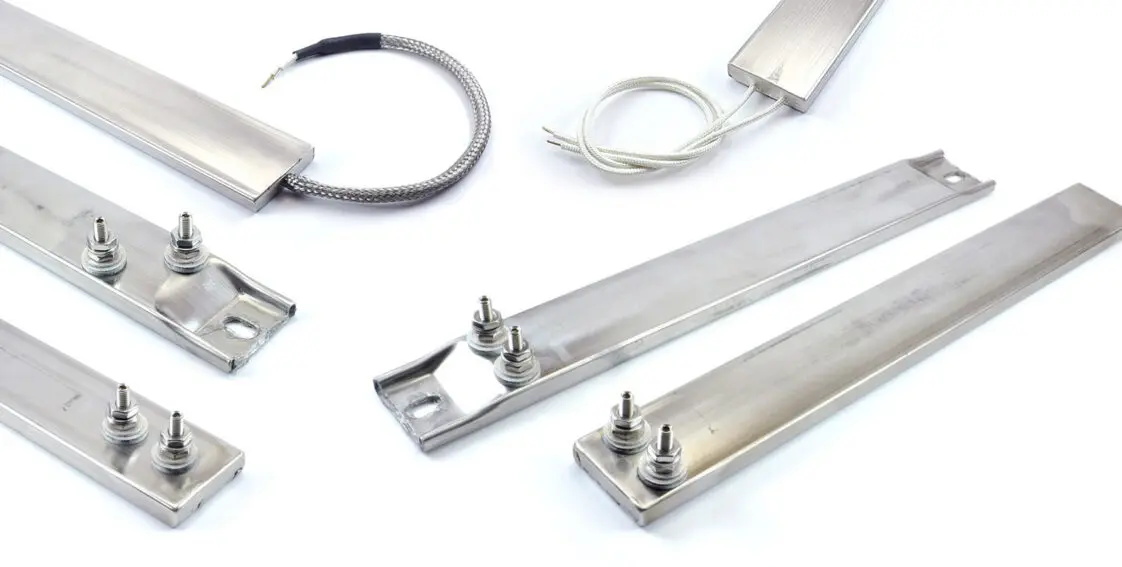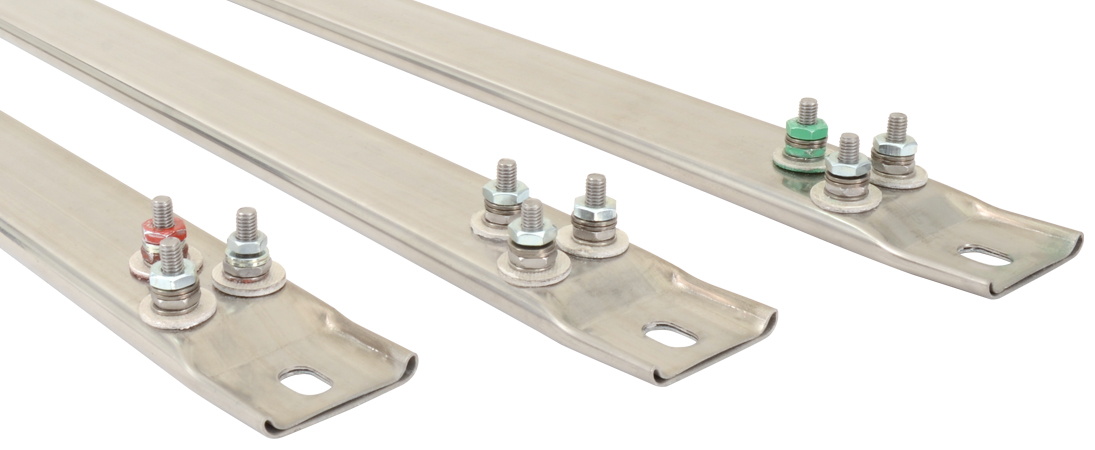Are you puzzled about heater strips and their wide range of applications? Do you want to know which one is right for your project?
Heater strips are heating elements that provide heat in a concentrated area. They come in different materials like silicone and ceramic. They are used in many applications such as HVAC systems, food warming, and plastic welding.

I understand choosing the right heater strip can be confusing. Let’s dive deeper into the types, uses, and benefits of heater strips, so you can make the best choice.
What Are the Different Types of Heater Strips?
Are you aware of the variety of heater strip options available today? Do you know which type is best for your specific needs?
There are several types of heater strips, including silicone, ceramic, mica, and cartridge heater strips. Silicone heater strips are flexible and good for irregular surfaces. Ceramic heater strips can withstand high temperatures. Mica heater strips provide good insulation. Cartridge heater strips are used for localized heating.

Diving deeper, understanding the nuances of each type can greatly improve your project outcomes.
Silicone Heater Strips: Flexible and Versatile?
Silicone heater strips are known for their flexibility and versatility. They can be easily wrapped around curved or irregular surfaces. This makes them ideal for applications where uniform heating is needed on complex shapes. They also offer good resistance to moisture and chemicals, which makes them suitable for harsh environments.
| Feature | Benefit |
|---|---|
| Flexibility | Can be used on irregular surfaces |
| Chemical Resist. | Suitable for harsh environments |
| Easy to install | Simple to attach with adhesives or clamps |
| Temp Range | Typically up to 232°C (450°F) |
I once had a client in the food processing industry who needed to heat oddly shaped containers. Silicone heater strips were the perfect solution because they provided even heating without damaging the containers.
Ceramic Heater Strips: High-Temperature Performance?
Ceramic heater strips are designed for high-temperature applications. They can withstand temperatures up to 800°C (1472°F). This makes them suitable for industrial heating processes. Ceramic heater strips provide excellent thermal conductivity and electrical insulation. They are commonly used in applications such as plastic extrusion and heat treating.
| Feature | Benefit |
|---|---|
| High Temp Resist. | Suitable for high-temperature industrial processes |
| Thermal Conductivity | Efficient heat transfer |
| Electrical Insulation | Enhanced safety |
| Durability | Long lifespan in demanding applications |
We once supplied ceramic heater strips for a plastic extrusion project. The client reported a significant improvement in heating efficiency and product quality.
What Are the Key Applications of Heater Strips?
Are you wondering where heater strips are commonly used? Do you want to know if they can solve your heating challenges?
Heater strips are used in many applications such as HVAC systems, food warming equipment, plastic welding, and semiconductor manufacturing. In HVAC systems, they act as auxiliary heaters. In food warming, they keep food at the right temperature. For plastic welding, they provide localized heat. In semiconductor manufacturing, they are used for precise temperature control.
 、
、
Exploring the different applications will help you see how versatile these heating elements are.
HVAC Systems: Auxiliary Heating?
Heater strips are commonly used in HVAC systems as auxiliary or supplemental heaters. They help to quickly raise the temperature of the air when the primary heating system can’t keep up. This is especially useful during cold weather. Heater strips in HVAC systems are also relatively easy to install and maintain.
| Feature | Benefit |
|---|---|
| Quick Heating | Rapidly increases air temperature |
| Easy Install. | Simple to integrate into existing systems |
| Cost-Effective | Affordable heating solution |
| Reliability | Consistent performance during peak demand |
I recall a project where we supplied heater strips for a large commercial building. The building manager was impressed with how quickly the system could heat the space during cold mornings.
Food Warming Equipment: Maintaining Temperature?
In the food service industry, heater strips are essential for keeping food at the right serving temperature. They are used in warming cabinets, buffet tables, and food holding equipment. They ensure that food remains safe and appetizing for extended periods. The precise temperature control offered by heater strips is crucial for preventing foodborne illnesses and maintaining food quality.
| Feature | Benefit |
|---|---|
| Precise Control | Maintains optimal food temperature |
| Even Heat Distrib. | Prevents hot spots and cold spots |
| Food Safety | Ensures food remains safe to consume |
| Versatility | Suitable for various types of food warming equipment |
We once worked with a restaurant chain that needed a reliable heating solution for their buffet tables. Our heater strips provided consistent and even heating. This helped them maintain the quality and safety of their food.
Conclusion
Heater strips are versatile heating elements with many uses. Understanding their types and applications will help you choose the right one for your needs.